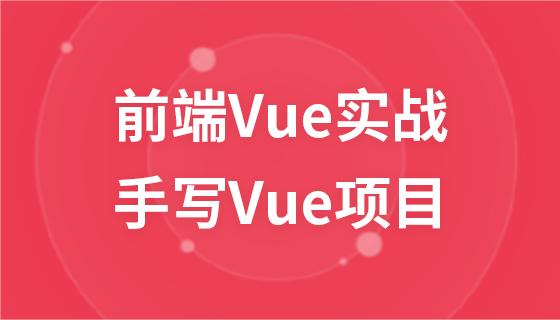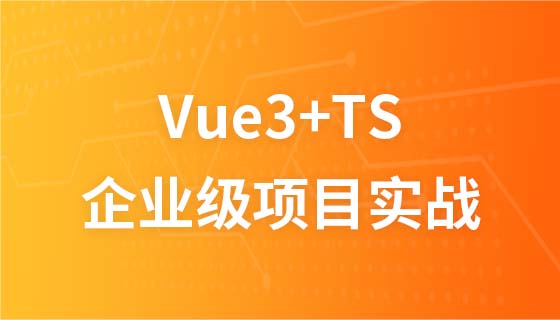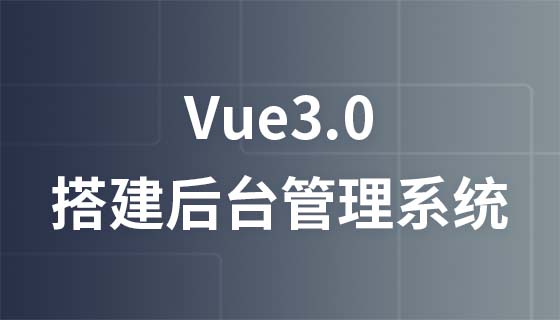vue為什麼v-for的優先權比v-if的高?以下這篇文章就透過分析原始碼去解答一下這個問題,希望對大家有幫助!

有時候有些面試中常會問到v-for與v-if誰的優先順序高,這裡就透過分析源碼去解答一下這個問題。
下面的內容是在 當我們談及v-model,我們在討論什麼?的基礎上分析的,所以閱讀下面內容之前可先看這篇文章。
以下面的例子出發分析:
new Vue({
el:'#app',
template:`
<ul>
<li v-for="(item,index) in items" v-if="index!==0">
{{item}}
</li>
</ul>
`
})從上篇文章可以知道,編譯有三個步驟
我們再次順著這三個步驟來分析上述例子。
parse過程中,會對模板使用大量的正規表示式去進行解析。開頭的範例會被解析成以下AST節點:
// 其实ast有很多属性,我这里只展示涉及到分析的属性
ast = {
'type': 1,
'tag': 'ul',
'attrsList': [],
attrsMap: {},
'children': [{
'type': 1,
'tag': 'li',
'attrsList': [],
'attrsMap': {
'v-for': '(item,index) in data',
'v-if': 'index!==0'
},
// v-if解析出来的属性
'if': 'index!==0',
'ifConditions': [{
'exp': 'index!==0',
'block': // 指向el自身
}],
// v-for解析出来的属性
'for': 'items',
'alias': 'item',
'iterator1': 'index',
'parent': // 指向其父节点
'children': [
'type': 2,
'expression': '_s(item)'
'text': '{{item}}',
'tokens': [
{'@binding':'item'},
]
]
}]
}對於v-for指令,除了記錄在attrsMap和 attrsList,也會新增for(對應要遍歷的物件或陣列),alias,iterator1,iterator2對應v-for指令綁定內容中的第一,第二,第三個參數,開頭的例子沒有第三個參數,因此沒有iterator2屬性。
對於v-if指令,把v-if指令中綁定的內容取出放在if中,同時初始化ifConditions屬性為數組,然後在裡面存放物件:{exp,block},其中exp存放v-if指令中綁定的內容,block指向el。
optimize 過程在此不做分析,因為本範例沒有靜態節點。
上一篇文章從const code = generate(ast, options)開始分析過其產生程式碼的過程,generate內部會呼叫genElement用來解析el,也就是AST語法樹。我們來看看genElement的原始碼:
export function genElement (el: ASTElement, state: CodegenState): string {
if (el.parent) {
el.pre = el.pre || el.parent.pre
}
if (el.staticRoot && !el.staticProcessed) {
return genStatic(el, state)
} else if (el.once && !el.onceProcessed) {
return genOnce(el, state)
// 其实从此处可以初步知道为什么v-for优先级比v-if高,
// 因为解析ast树生成渲染函数代码时,会先解析ast树中涉及到v-for的属性
// 然后再解析ast树中涉及到v-if的属性
// 而且genFor在会把el.forProcessed置为true,防止重复解析v-for相关属性
} else if (el.for && !el.forProcessed) {
return genFor(el, state)
} else if (el.if && !el.ifProcessed) {
return genIf(el, state)
} else if (el.tag === 'template' && !el.slotTarget && !state.pre) {
return genChildren(el, state) || 'void 0'
} else if (el.tag === 'slot') {
return genSlot(el, state)
} else {
// component or element
let code
if (el.component) {
code = genComponent(el.component, el, state)
} else {
let data
if (!el.plain || (el.pre && state.maybeComponent(el))) {
data = genData(el, state)
}
const children = el.inlineTemplate ? null : genChildren(el, state, true)
code = `_c('${el.tag}'${ data ? `,${data}` : '' // data }${ children ? `,${children}` : '' // children })`
}
// module transforms
for (let i = 0; i < state.transforms.length; i++) {
code = state.transforms[i](el, code)
}
return code
}
}接下來依序看看genFor和genIf的函數原始碼:
export function genFor (el, state , altGen, altHelper) {
const exp = el.for
const alias = el.alias
const iterator1 = el.iterator1 ? `,${el.iterator1}` : ''
const iterator2 = el.iterator2 ? `,${el.iterator2}` : ''
el.forProcessed = true // avoid recursion
return `${altHelper || '_l'}((${exp}),` +
`function(${alias}${iterator1}${iterator2}){` +
`return ${(altGen || genElement)(el, state)}` + //递归调用genElement
'})'
}在我們的例子裡,當他處理li的ast樹時,會先呼叫genElement,處理到for屬性時,此時forProcessed為虛值,此時呼叫genFor處理li樹中的v-for相關的屬性。接著再呼叫genElement處理li樹,此時因為forProcessed在genFor#已被標記為true 。因此genFor不會被執行,繼而執行genIf處理與v-if相關的屬性。
export function genIf (el,state,altGen,altEmpty) {
el.ifProcessed = true // avoid recursion
// 调用genIfConditions主要处理el.ifConditions属性
return genIfConditions(el.ifConditions.slice(), state, altGen, altEmpty)
}
function genIfConditions (conditions, state, altGen, altEmpty) {
if (!conditions.length) {
return altEmpty || '_e()' // _e用于生成空VNode
}
const condition = conditions.shift()
if (condition.exp) { //condition.exp即v-if绑定值,例子中则为'index!==0'
// 生成一段带三目运算符的js代码字符串
return `(${condition.exp})?${ genTernaryExp(condition.block) }:${ genIfConditions(conditions, state, altGen, altEmpty) }`
} else {
return `${genTernaryExp(condition.block)}`
}
// v-if with v-once should generate code like (a)?_m(0):_m(1)
function genTernaryExp (el) {
return altGen
? altGen(el, state)
: el.once
? genOnce(el, state)
: genElement(el, state)
}
}最後,經過codegen產生的js程式碼如下:
function render() {
with(this) {
return _c('ul', _l((items), function (item, index) {
return (index !== 0) ? _c('li') : _e()
}), 0)
}
}其中:
_c: 呼叫createElement 去建立VNode
_l: renderList函數,主要用來渲染清單#_e: createEmptyVNode函數,主要用來創建空VNode總結為什麼v-for的優先權比v-if的高?總結來說是編譯有三個過程,
以上是vue優先比較:為什麼v-for比v-if高的詳細內容。更多資訊請關注PHP中文網其他相關文章!




